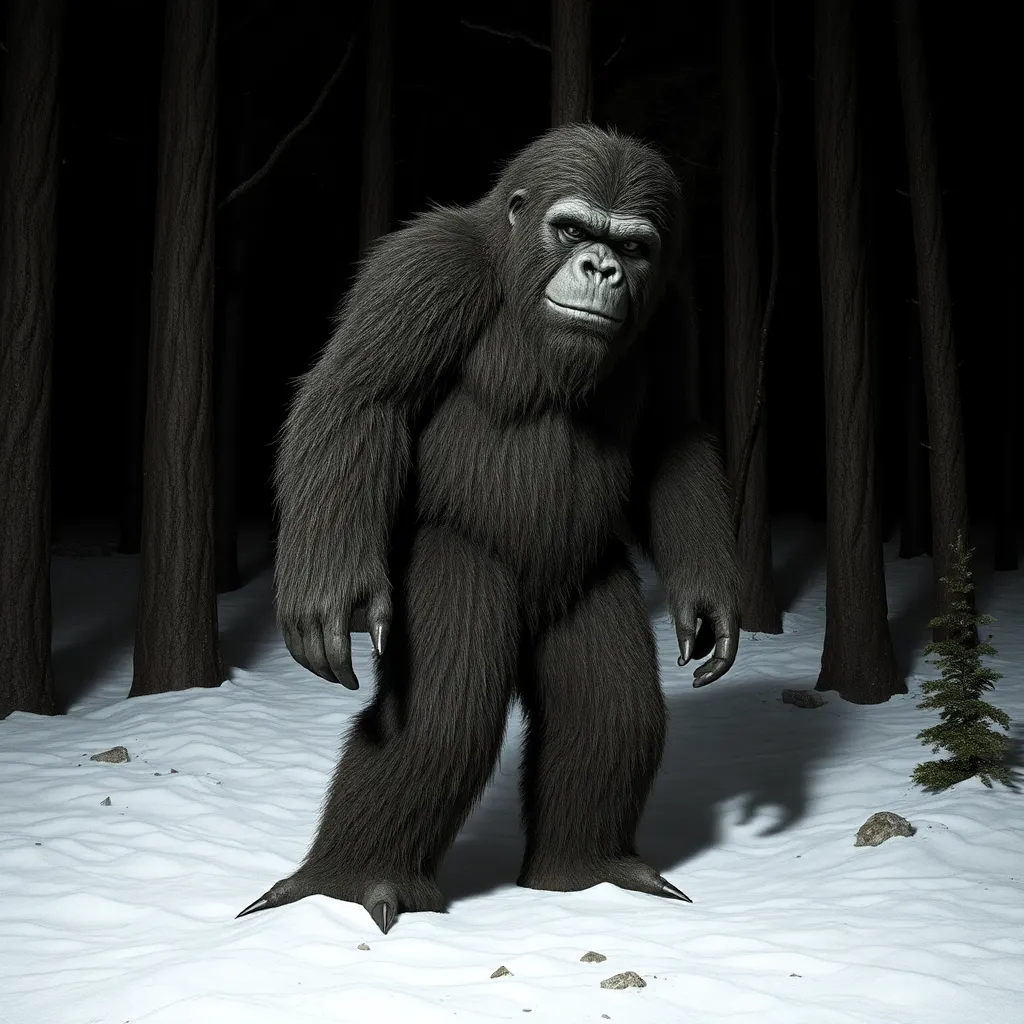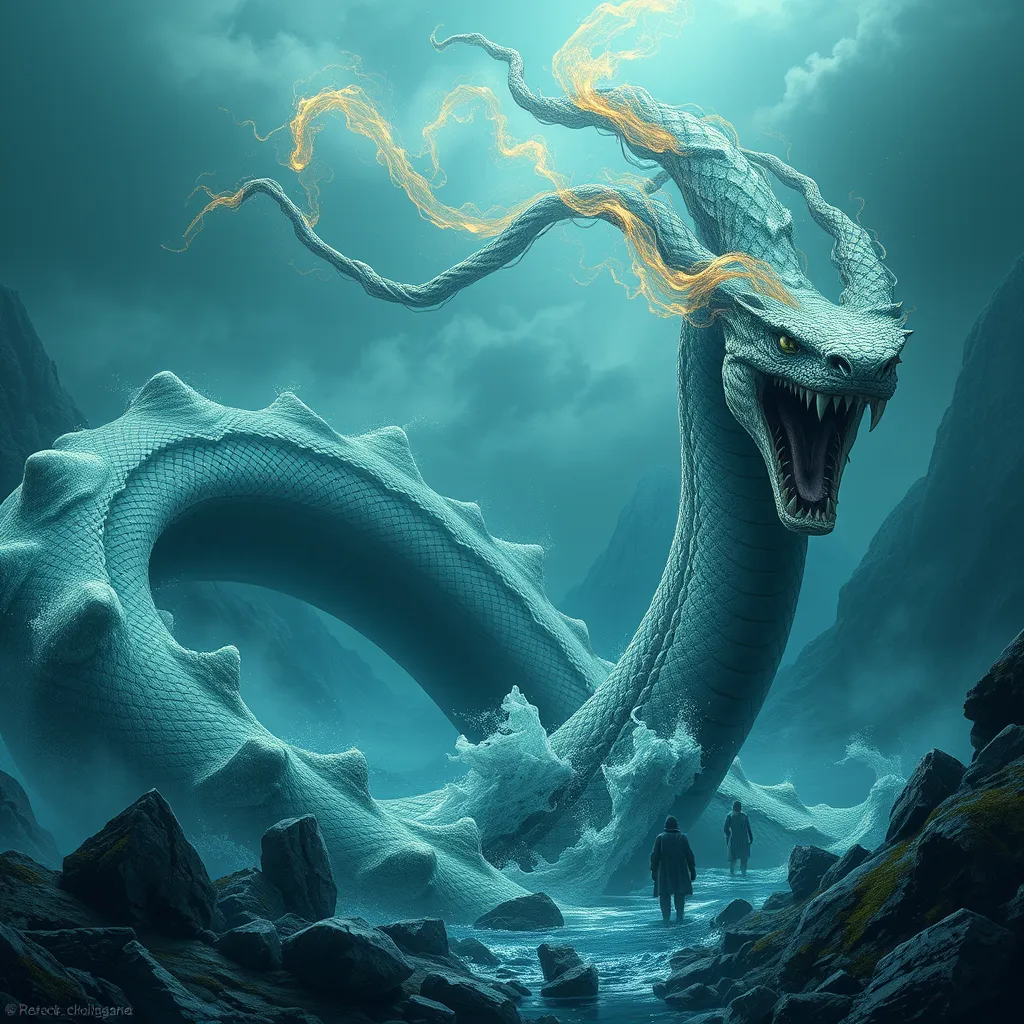Beyond the Full Moon: Examining the Cultural Significance of Werewolf Myths
I. Introduction
Werewolf myths have fascinated humanity for centuries, crossing cultural boundaries and evolving through time. From ancient legends to modern interpretations, the figure of the werewolf serves as a compelling symbol that resonates with various aspects of human nature and societal norms. This article aims to delve into the cultural significance of werewolf myths beyond the iconic image of a transformation under the full moon, exploring their historical origins, literary representations, symbolism, and contemporary relevance.
II. Historical Origins of Werewolf Myths
A. Ancient legends and folklore
The origins of werewolf myths can be traced back to ancient civilizations, where stories of humans transforming into wolves were prevalent. In ancient Greece, tales of Lycaon, who was turned into a wolf as punishment by Zeus, illustrate early examples of this transformation myth. Similarly, Norse mythology features the tale of the saga of the Volsungs, where a father and son don wolf pelts, becoming wolf-like creatures.
B. The connection between wolves and human societies
Wolves have historically held a dual position in human societies: revered as symbols of strength and community, yet feared as predators. This duality has fueled werewolf myths, representing the tension between civilization and the wild. In many cultures, the wolf embodies both the primal instincts inherent in humanity and the darker aspects of nature that can surface under certain conditions.
III. Werewolves in Literature and Film
A. Evolution of werewolf representation in literature
Literature has played a key role in shaping the public perception of werewolves. Early literary works, such as the medieval poem “Bisclavret” by Marie de France, portrayed werewolves as tragic figures caught between two worlds. As the genre evolved, werewolves became more nuanced, with authors like Bram Stoker and later, Stephen King, exploring the psychological implications of transformation.
B. Impact of film adaptations on cultural perceptions
The 20th century saw a surge in werewolf films, particularly during the Universal Horror era, with classics such as “The Wolf Man” (1941). These adaptations solidified the association of werewolves with horror, influencing public perceptions and popularizing the image of the monstrous wolf-man. Modern films like “Underworld” and “Harry Potter” further expand the werewolf mythology, blending it with themes of fantasy and adventure.
IV. Symbolism of Transformation and Duality
A. Psychological interpretations of werewolf transformations
The transformation into a werewolf can be interpreted as a metaphor for the struggle between one’s primal instincts and civilized behavior. Psychologists often analyze this duality, suggesting that werewolf myths reflect the human psyche’s conflict between the id (instinctual desires) and the superego (moral constraints).
B. The dual nature of humanity reflected in werewolf myths
Werewolves symbolize the dual nature of humanity—representing both the civilized self and the untamed beast within. This duality raises questions about identity, morality, and the societal constraints that govern behavior. The portrayal of werewolves often challenges the boundaries between good and evil, prompting audiences to reflect on their own nature.
V. Werewolves in Different Cultures
A. European werewolf lore and its historical context
In Europe, werewolf lore flourished during the Middle Ages, often intertwined with witch hunts and societal fears. The fear of werewolves was exacerbated by reports of wolf attacks, leading to trials and executions of those accused of shapeshifting. These tales reflect the historical context of paranoia and the need to scapegoat marginalized individuals.
B. Indigenous and non-Western interpretations of werewolf-like beings
In contrast, many Indigenous cultures have their own interpretations of wolf-like beings, often viewing them with reverence. For example:
- The Navajo have the skinwalker, a witch capable of transforming into various animals, including wolves.
- The Inuit tell stories of the Werewolf-like “Ijiraq,” a creature that can shapeshift and is associated with both trickery and wisdom.
These interpretations highlight the diversity of werewolf myths around the world, emphasizing the different relationships cultures have with wolves and nature.
VI. Societal Fears and Morality Tales
A. Werewolves as representations of societal fears
Werewolves often embody societal fears, such as the loss of control, the unknown, and the potential for violence lurking beneath the surface of civilization. They serve as cautionary figures, warning against the dangers of succumbing to base instincts and losing one’s humanity. This representation is particularly poignant in times of social unrest or crisis.
B. Moral lessons illustrated through werewolf narratives
Many werewolf stories convey moral lessons, illustrating the consequences of unchecked desires and the importance of self-control. The transformation serves as a metaphor for moral failure, where the individual loses their humanity to darker impulses. Such narratives encourage reflection on the nature of good and evil, highlighting the thin line that separates civilization from chaos.
VII. Modern Interpretations and Adaptations
A. Werewolf myths in contemporary media
In recent years, werewolf myths have experienced a resurgence in popularity, appearing in various forms of contemporary media. From television series like “Teen Wolf” and “The Originals” to graphic novels and video games, werewolves continue to capture the imagination of new generations.
B. The resurgence of interest in werewolf stories
This renewed interest often reflects contemporary societal issues, such as the exploration of identity, belonging, and the struggle against societal norms. Modern adaptations frequently present werewolves as complex characters, grappling with their dual nature and seeking acceptance, thus resonating with audiences on multiple levels.
VIII. Conclusion
In summary, werewolf myths hold significant cultural value that extends far beyond their association with the full moon. They reflect historical fears, psychological struggles, and societal morals, serving as rich narratives that explore the complexities of human nature. As these myths continue to evolve in modern society, they remind us of the primal instincts that lie within and the ongoing battle between our civilized selves and the wildness we all possess.
The lasting impact of werewolf myths in modern society underscores their relevance, encouraging ongoing exploration of identity, morality, and the human condition through the lens of these fascinating creatures.



